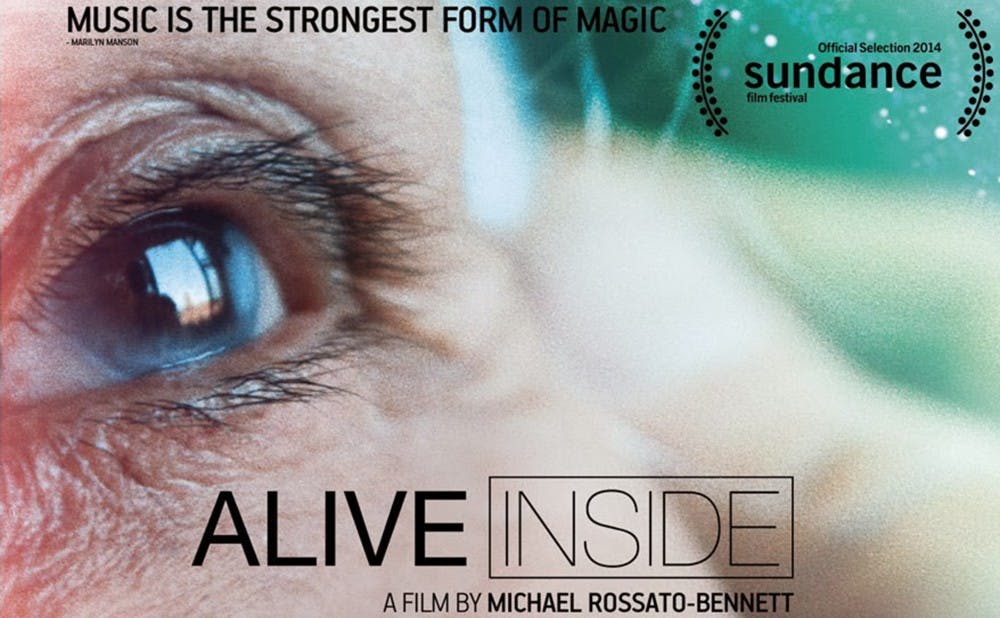Ximotion Media
3/5 stars
Director Michael Rossato-Bennett's “Alive Inside: A Story of Music & Memory,” which screened at Full Frame this past weekend, follows the efforts of Dan Cohen over the course of three years. His mission: to bring music to patients suffering from dementia and Alzheimer’s, primarily those in nursing homes. The documentary chronicles the experiences of several people, many of whom cannot speak or demonstrate a wide range of movement due to the severity of their disease. They are able to listen to music for the first time in years because of Cohen’s work; he asks relatives for the patients’ favorite tunes, supplies them with an iPod shuffle and headphones and hits play.
The results are astounding. They transform, physically and emotionally, in front of the camera. Their eyes glisten, often with tears, and some patients begin to sing or hum along while others dance or move. Each time music affects someone in the film, the audience changes as well, charmed by the earnestness with which the patients listen and respond. These are the best moments, but there are too many of them. Each could easily be a video on Upworthy geared to promote the Music & Memory project run by Cohen. However, they’re strung together with very little else to substantiate a film that is over an hour long.
The documentary bounces tangentially from topic to topic. Briefly, director Michael Rossato-Bennett begins to introduce the history of nursing homes in America and the problems and challenges associated with care for elders in modern culture, all in the span of about five minutes. Interviews spontaneously shift discussions from our obsession with overmedication to the ways in which music impacts our brains. In some ways these off-course twists are the most intellectually complex and compelling of the film, but each is too fleeting to make a strong conjecture.
“Alive Inside” begs a few questions. Why iPods, specifically? Is there something special about a personal music player with headphones compared to music played in a room? Yet Dan Cohen affirms repeatedly that the only way to bring joy and emotion to these patients is if each of them has an iPod. He says “iPod” so much you would think he was getting a kickback from sales.
The statistics and science presented in the film are slim to none, but that’s exactly one of the roadblocks to better patient care that the documentary points out. Although it’s clear that the individuals who can finally listen to their favorite songs again have an intense emotional response, insurance won’t cover music as therapy because there aren’t enough numbers they can use to prove it works. Instead, they offer medications that cost five times as much and pale in effect.
“Alive Inside” includes interesting visual manipulations of old photographs and home videos. The technique adds a polished air to the documentary, which at times lacks nuance. Still, it doesn’t do very much to push the boundary of what the film could be. That being said, does it really need to? “Alive Inside” is intended to affect an audience and make them care about its subjects. And that it does. Not only did it move several audience members in the seats around me to tears; it won the Audience Award for U.S. Documentary at Sundance.
Though lacking focus, “Alive Inside” presents an undoubtedly passionate and heart-wrenching look into patients’ lives brightened by musical intervention. The documentary celebrates the joy and pain that we all come to associate with the music we listen to most often, forging a connection that can present itself even when our memories are gone.
Get The Chronicle straight to your inbox
Signup for our weekly newsletter. Cancel at any time.

